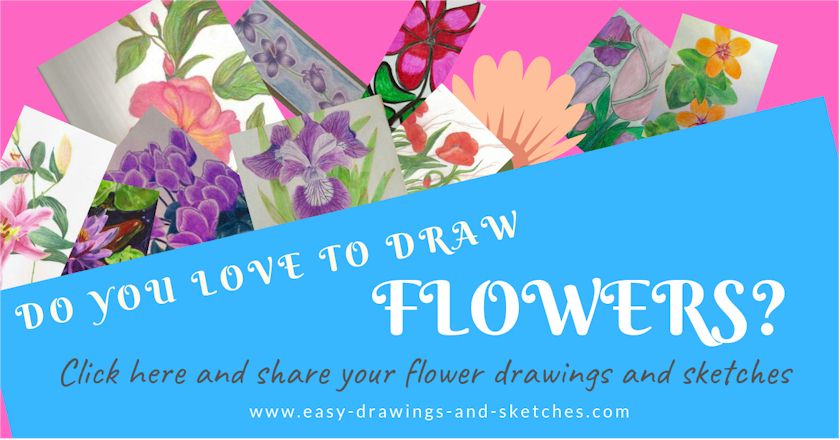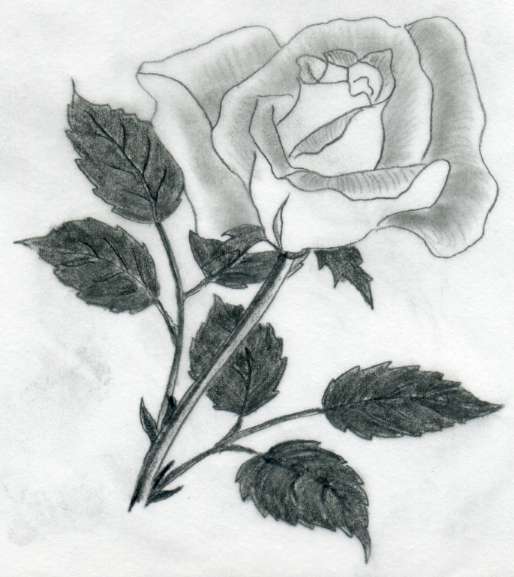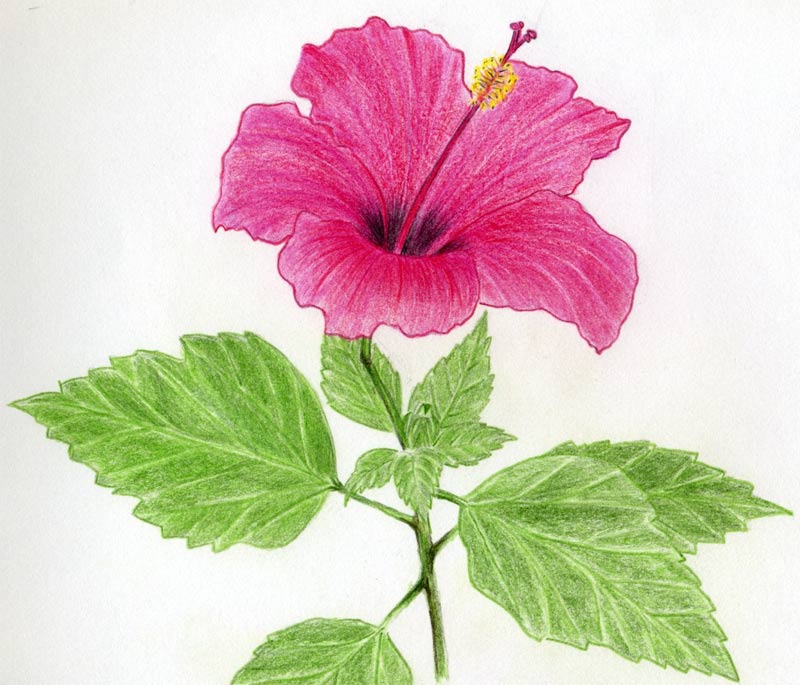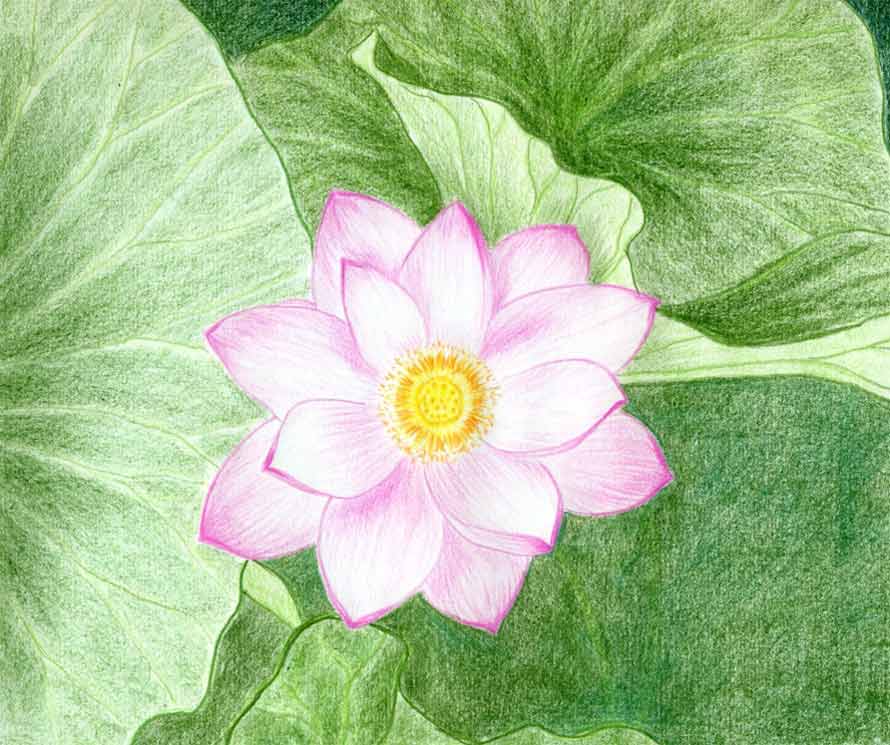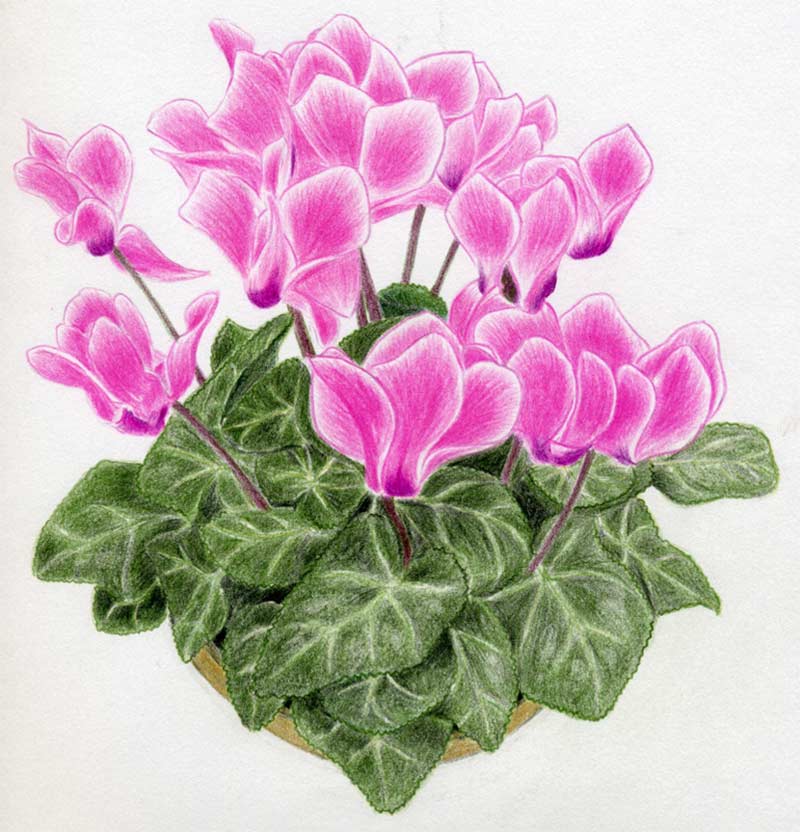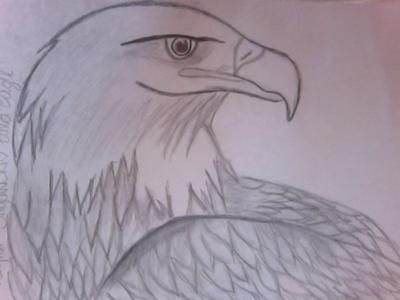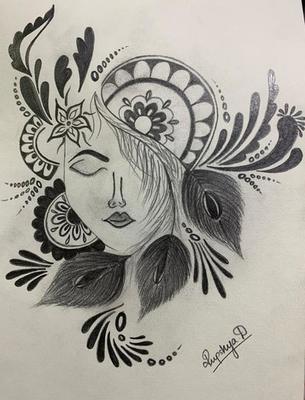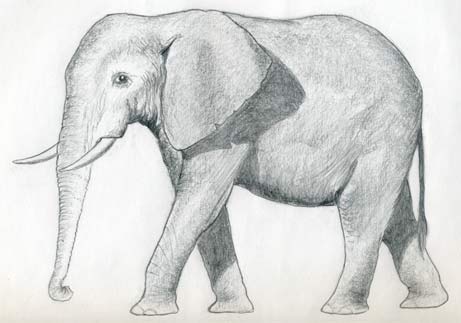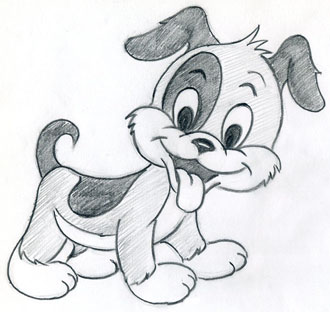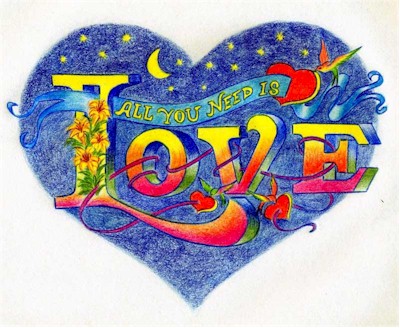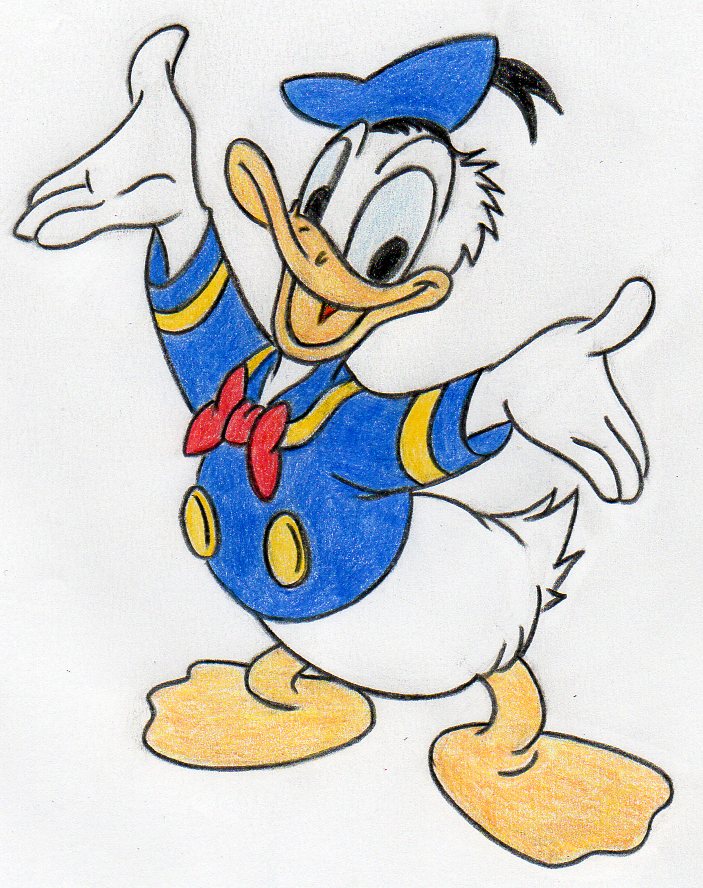How to Draw Carnation
Let's draw carnation. As you will see below, carnation is one of the simplest flowers to draw.
I made a couple of simple steps that you can easily follow and learn. When you see a flower it may look too complicated at first.
You can break it down into smaller parts, like flower’s head or bud, calyx, stem(s), leaves, etc. When you do that, it will instantly look easier. It just won’t feel like overwhelming and complex work to do.
How to Draw Carnation - Step By Step
click on the images to enlarge
The head of the Carnation flower resembles a mushroom. Draw two intersecting ellipses, vertical and horizontal, just like you see in the illustration. The vertical ellipse represents the calyx and the horizontal represents the opened flower with petals. So, you have now a rough basic outline.
These two ellipses will serve you as guides to keep the correct proportions if you cannot draw Carnation yet without them. Just play with it a bit. Now draw the calyx and the petals into these ellipses and gradually erase the help-lines as needed.
Let’s break the flower into smaller parts and practice drawing Carnation “part-by-part”, beginning the drawing from calyx and flower bud first. I think these illustrations are simple and clear enough so that you can follow through.
Just try to imagine how the Carnation would grow from bud to a full bloom flower. Yes, it is that easy. Petals are simple if you draw them separately each, aren’t they? Just draw each petal as described in the picture.
Add the jagged edges and the petals are ready. Easy isn’t it? OK, let’s put these petals into the calyx and make a fresh-looking Carnation. Take a look one more time at the bud drawing, observe it a bit and then add the petals on the top.
If you would like to draw a Carnation that is in full bloom, simply widen the head (petals) as you see in the illustration.
To make the flower complete, we need to add the stem with leaves. Carnation stems and leaves are very easy to draw. The stem is just a kind of simple “stick”, and the leaves look like long curved arrows.
Practice first the various shapes of the leaves according to the illustration. You will soon understand their shape. These are the basic variations of Carnation leaf shapes.
Sure, there are many more, as every flower is individual but if you learn these you will easily draw any other.
If you have some fresh Carnation available before you, you can see and practice right now. Draw directly into these simple lines the actual 3dimensinal shape as you see on the illustrations. Erase the help-lines as needed.
I think it is time to recap what you have learned about Carnation parts so far and compose – draw Carnation as a complete flower. If possible try to draw it a little more complex, as you see in the illustration. You have practiced enough how to draw individual flower parts so consider this as a kind of assignment.
Make as many mistakes as possible. It is good to make mistakes in the beginning. That is the process of learning, especially when you learn to draw.
Remember you are not a camera, you are human and every line you create is good because it carries your individuality. We are still halfway and the only work you have completed is the outline of the flower.
To make this Carnation outline drawing complete, let’s put some life into it. Let’s dress the Carnation up. It will be only by pencil but you will see how entirely different is the final impression. You can draw directly with a colored pencil too if you wish.
Begin from the head or bud of the flower if possible.
By completing the head of the flower first you instantly give individuality to the flower.
I think that is quite obvious. It is similar to drawing any living creatures like animals, humans, or flowers.
All of them have a part of the body that defines the character and individuality of the person, animal, or plant.
You would certainly not draw details of a flower from the root stem, as you would not start to draw work out the details of a human figure from the legs.
Imagine how would it be, draw Carnation in color. Imagine you have the only black and white vision.
Certainly, the green parts will be of a darker tone and the petals of the flower would be lighter. Let’s assume that the petals are light pink or red.
This picture has 3 buds and one opened flower. Let’s begin from the far left bud first. Shade the calyx with light strokes and add more dark tone contrast where you think would be necessary.
If you draw Carnation and you have a real Carnation flower you can refer to the details directly - live. You can see that one side - one-half of the stem is lighter.
It creates an image of 3-dimensionality, which is important.
On the flower head gently shade the petals by the same strokes as you see in the picture.
Click on the images and they will open in a new tab or window enlarged so that you can see the details, the pencil strokes. Notice the spot where the leaves are growing, it is dark and it gets lighter towards the end of the leaves.
Some drawings look OK in pencil but some need to be colored, so let's liven them up!
There is no special reason why I chose the red carnation. Maybe it is the most common color. Maybe it creates better contrast with the green parts and the white paper background.
By single pencil lines draw the stems first. You do not need to draw the same directions as I did. It doesn’t matter what directions the stems are growing or how long are they.
When you draw carnation, the most important thing is to capture the flower. You can do it by drawing the ellipses as seen in this picture.
Do all your pencil work only by weak lines to erase them easily later. Now draw the shape of each carnation bud and the carnation flower head on the top.
Draw the stems. Notice how the thickness of the carnation stem varies. It is thicker on lower parts and gets slim near the flower head or buds.
I think you already sense that drawing carnation is easy. You have just started from the simplest pencil lines and you already have a solid coloring page base.
You need one pink color pencil and one light green color pencil. Draw colored silhouettes of carnation over the initial graphite pencil lines.
By the same pink and green color pencil, fill up appropriately each part on the carnation.
After coloring all the carnation parts, your flower should look like this or better. Please leave the tip of the petals white.
A combination of white and pink gives an impression of luxury and elegance.
Put more pink and red color tones on the flower petals. When you draw carnation (or any other flower) it is good to use 2 or 3 different intensity color pencils of the same or similar color (e.g.: pink, red, etc)
Combining pink and red is a very common practice when drawing flowers. Experiment a bit on a separate paper.
After coloring the flower petals your drawing should look like this…or hopefully better. I always say better, because the purpose of this website is that you can perfect these drawings and take your work to the next higher level.
Gradually add more green color tone on the stems and the leaves. Notice how the intensity of the color tone varies. Do it similarly.
Very good! Now, I think you have learned how to draw carnations in color easily and almost effortlessly.
We started with only a few ugly grotesque pencil lines and ended up with this drawing.
Did You Enjoy Drawing Carnation?
Check Out Also These Flower Drawing Tutorials:
Visitors’ Personal Gallery Pages
Enjoy the collection of personal galleries below.
Observing others’ artwork is always inspiring and might spark new ideas for your own creations.
We believe you’ll have a lot of fun exploring these pages!
|
| |||
Theme Based Visitors Galleries
The following Theme Based Galleries are a collection of selected drawings from various authors based on a certain theme. I would like you to get as much inspiration as possible for your own drawings.
SHARE YOUR DRAWINGS
Select The Category and Follow The Uploading Instructions
Share your own drawings, sketches or doodles by choosing a suitable
category below. You will be guided to the uploading process step by
step.
Latest Visitor's Drawings
-
You got mail
Dec 13, 24 05:52 PM
I really been enjoying trying new things. This is acrylic paint on an old saw blade. I have not posted in a while so I will be sharing more soon -
Imaginary pen art completed
Dec 12, 24 05:44 AM
As for handleterring of NATURE and the decor,brillant pens were used.And it is good for this style.So here is an imaginary pens art and as usual,dominated -
Still in progress
Dec 08, 24 05:25 AM
Ballpoint pens art. Imaginary. -
Respect others for self-protection...
Dec 07, 24 07:59 PM
Respect others for self-protection... -
Thieves are always punished
Dec 07, 24 07:57 PM
Thieves are always punished. -
carnivorous plant
Nov 25, 24 08:02 AM
carnivorous plant -
Imaginary pens art in progress
Nov 25, 24 07:59 AM
Dominated by colourful nature and focus on details. -
Chateau Trompette in Mauritius
Nov 25, 24 07:57 AM
Maybe this colonial mansion is not known to many, in Mauritius. Or maybe of all those who saw it, very few are aware that it is known as Chateau Trompette. -
Understand your own value
Nov 25, 24 07:55 AM
Understand your own value -
Be your own hero
Nov 09, 24 07:00 AM
Be your own hero. -
Place of tranquility
Nov 03, 24 04:00 AM
Imaginary pens art. Normal ball pens were used except for yellow colour done with a gel ink one. A place of tranquility dominated by nature. Even if in -
Inspired by lake Venna of India
Oct 29, 24 11:32 PM
Here is an imaginary pens art showing the atmosphere of Lake Venna which is located in Maharashtra in India. -
Birds can fly, why can't I?
Oct 29, 24 11:31 PM
Birds can fly, why can't I? -
Boy vs girl, who is the best?
Oct 29, 24 11:30 PM
Just half a girl and half a boy -
Cyclone
Oct 29, 24 11:29 PM
Cyclone

